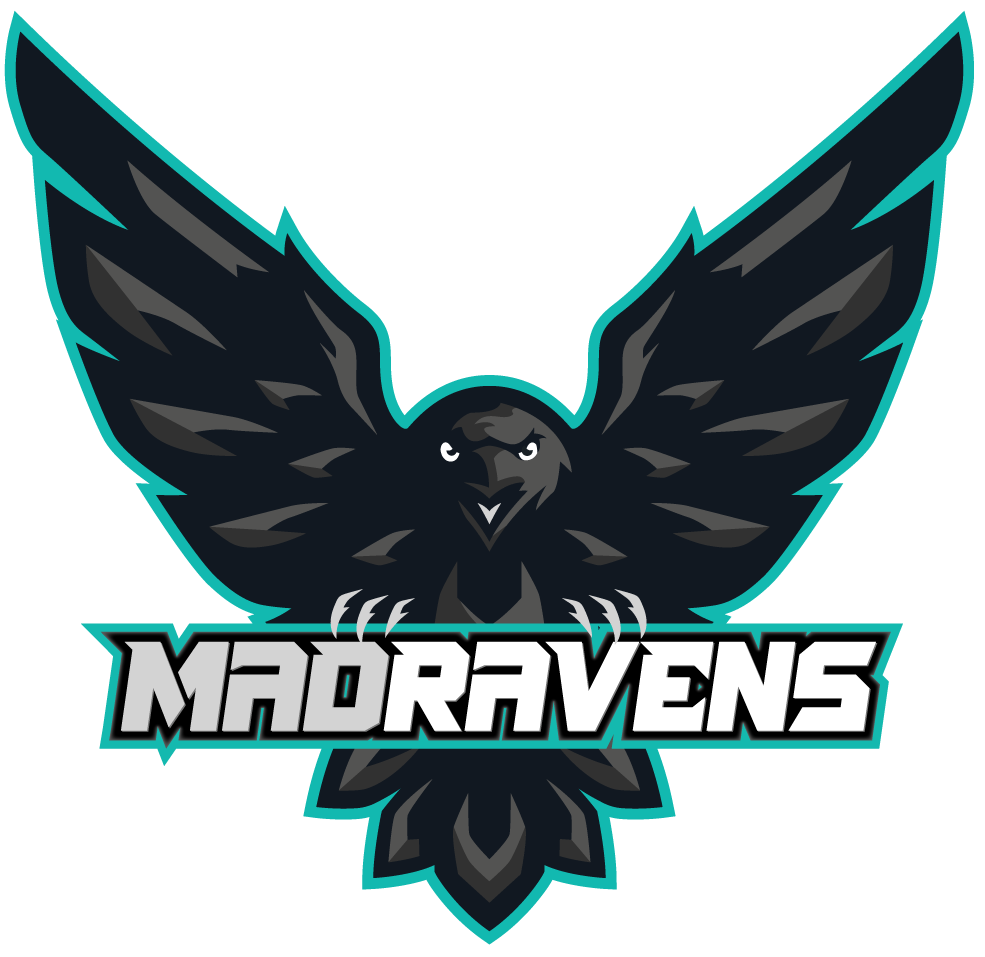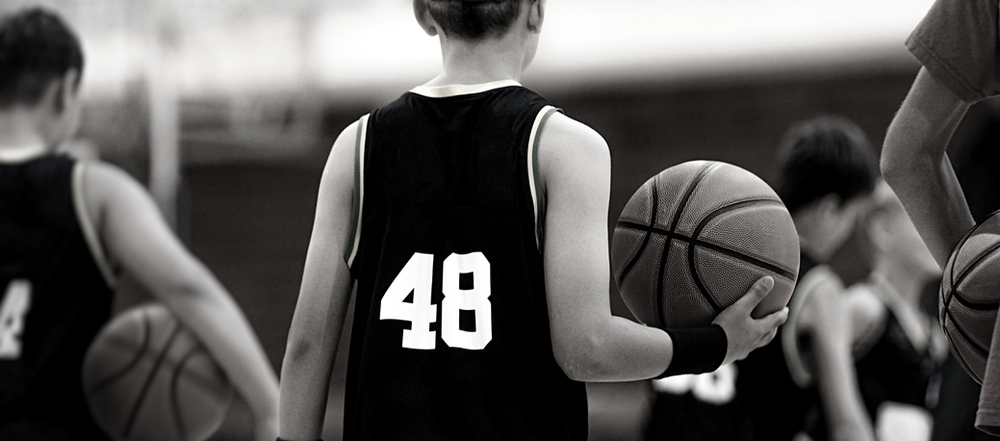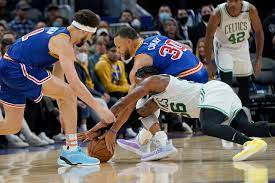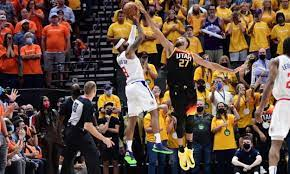MAD RAVENS - WHERE CHAMPIONS ARE FORGED
Defensive Strategies for Undersized Players
In modern professional basketball, avoiding mismatches and defending against bigger players as an undersized guard require a combination of strategic positioning, anticipation, and quick decision-making. With the growing number of big players entering the arena, how do smaller players survive this onslaught of height and wingspan. Stay with me as I breakdown some strategies and techniques that the best players in the world have been utilising to give themselves a competitive edge.
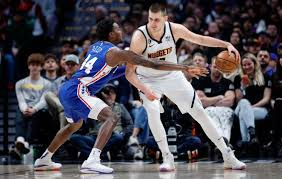
Case No 1:
Nikola Jokic: His 6'11" stature may not seem outstanding, but Jokic owns an expansive 7'3" wingspan and a lofty 9'3" standing reach. A very skilled big man with playmaking skills, great awareness and length, he possess great footwork and vision, he makes crafty plays with the ball in his hands.
You maybe thinking where do I even start to defend this offensive behemoth? Well, here are some nuanced tactics to consider:
Countering Mismatches:
1. Double Teaming:
When facing a size mismatch, consider double-teaming the opposing player momentarily to force them into a difficult pass or shot. This requires precise timing and coordination among all defenders. A quick recovery back to defensive assignments is crucial, once the pass is made.
2. Sagging and Digging:
Have defenders nearby ready to sag off their assignments and provide quick support when a mismatch is exploited. If the bigger player begins to back down, defenders can "dig" at the ball to potentially force a turnover.
3. Front and Retreat:
The defender should initially front the bigger player to deny easy entry passes. However, be ready to retreat quickly if the pass is attempted, preventing an easy lob or inside shot.
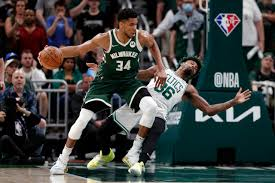
Case No 2:
Giannis Antetokounmpo is a 7ft offensive and defensive juggernaut that commands double teams consistently. He was named the NBA's MVP for 2018-19 and 2019-20 and was also defensive player of the year.
How would you defend him? Would you crowd him? If this doesn't work, you must decide whether to stunt and dig, back up, and offer him the 3 pointer and live with the results?
Help Defenders' Roles:
1. Rotations:
Help defenders need to be ready to rotate quickly to cover the mismatched player, ensuring that no easy shots or passing lanes are available. Communicate early with teammates to avoid any confusion. Rotate over and be prepared to take a charge, contest shots, rebound and also rotate back out to your defensive assignment.
2. Stunting and Recovering:
Help defenders can "stunt" or fake a double-team on the bigger player, causing them to hesitate. Then, they must recover promptly to their original assignment to avoid leaving other offensive players open. When defending a dominant big, try waiting for them to first dribble before "stunting" or "digging" at the ball, this will either force them to pick up their dribble or pass the ball out. Ensure you recover quickly to your defensive assignment on the pass out.
3. Weak Side Support:
When the mismatch is on one side of the court, help defenders on the weak side need to be aware and ready to provide support if the bigger player makes a move toward the basket. Be prepared to stunt, steal or help on any lob passes. You may even look to sneak up to the player from their blindside.
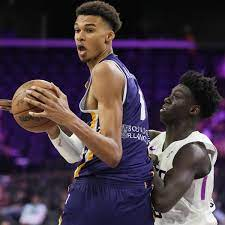
Case No 3:
Victor Wembanyama: This ‘once-in-a-millennium’ prodigy will be a nightmare to defend and his team will be looking to exploit offensive mismatches whenever possible.
The French 7ft 4in teenager has an 8ft wingspan and can shoot like a point guard.
This young man will surely be a force to be reckoned with once he acclimates to the NBA style of play.
Strategies For Defending a Bigger Player as an Undersized Guard:
1. Front and Deny:
Use your agility to front the bigger player and deny them easy access to the ball in the post. This disrupts their comfort and prevents direct entry passes.
2. Quick Hands and Active Hands:
Keep your hands active to deflect passes and disrupt the bigger player's vision. This can lead to turnovers or contested shots.
3. Forcing Baseline:
When defending a bigger player on the perimeter, angle them toward the baseline rather than letting them drive to the middle where they can use their size advantage more effectively. If they catch the ball in the short corner, angle them towards the baseline and behind the backboard. Utilise the sideline, baseline and backboard as extra defenders.
4. Pressuring the Ball:
Stop post entry passes!! Don't allow uncontested passes into dominant post players. Apply pressure on the ball handler to make it difficult for them to make accurate passes into the post. This buys time for help defenders to adjust.
5. Boxing Out & Face Guard Box Out:
When shots go up, focus on finding a body to box out the bigger player and prevent them from getting offensive rebounds. Consider a faceguard box-out against taller more dominant rebounders to ensure they don't secure the offensive rebound for a stick back.
6. Smart Foul Management:
Be aware of the situation and consider using fouls judiciously to prevent easy baskets without putting yourself in foul trouble. If your going to employ this strategy, ensure you don't give up an "And-1". This negates all the hard work.
Combining these nuanced techniques with effective communication, anticipation, and understanding of the opponent's tendencies can help an undersized guard hold their own against bigger players in the modern professional basketball game.
MAD Ravens Academy
In the spirit of reconciliation MAD Ravens acknowledges the Traditional Custodians of country throughout Australia and their connections to land, sea and community. We pay our respect to their Elders past and present and extend that respect to all Aboriginal and Torres Strait Islander peoples today.
